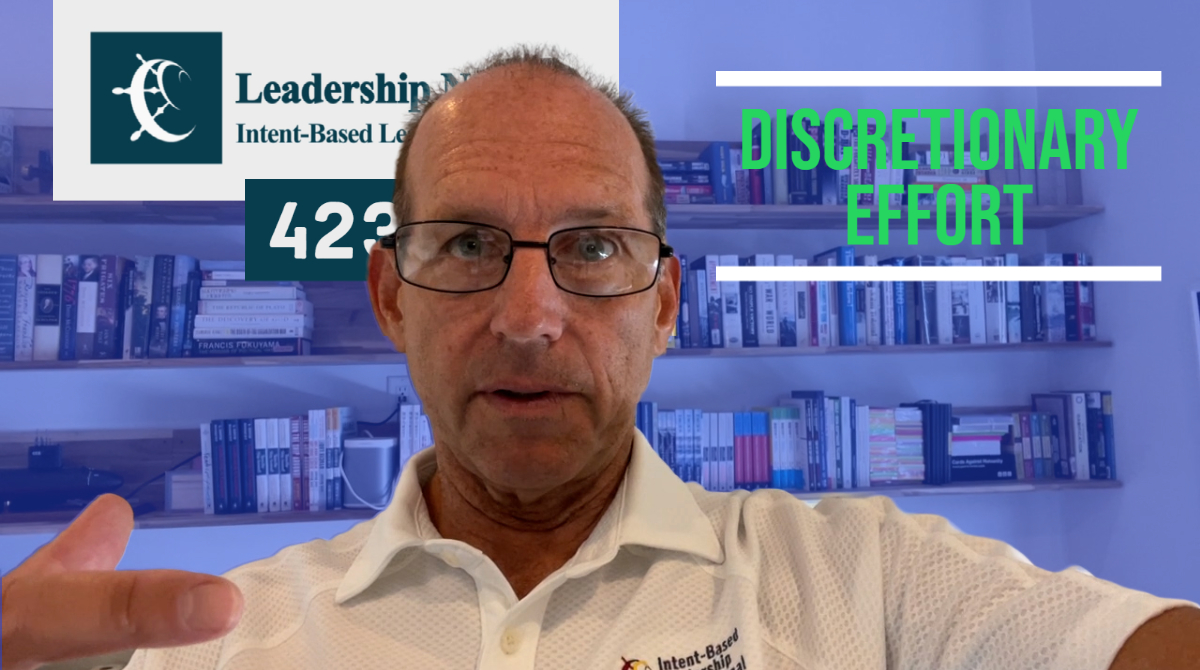College costs since I graduated in 1981 have risen twice as fast as medical costs, three times as fast as family incomes and four times as fast as inflation.[1] With average private school costs approaching $40,000 a year and public school costs approaching $20,000 a year, the OECD estimates that the United States spent 2.6% of GDP in 2008 on education,[2] about $370 billion. Given the investment, understanding what the best educators do is important.
Ken Bain, Director of the Research Academy for University Learning at Montclair State University is attempting to answer that. He has written about it in his 2004 book What the Best College Teachers Do.
The book is based on research done studying (observing, videotaping, interviewing) what the best college teachers do. One could poke holes at the rigor of the study (who defines what “best” is, who identified the “best” teachers, is it anything close to the complete set, and so forth) and claim that the findings are essentially expert opinion. Even so, the book is supremely useful.
The findings are presented along the following lines:
- Outstanding teachers know their subjects, including the history of their subject, extremely well.
- Exceptional teachers treat their lectures, discussion sessions and classes as serious intellectual endeavors.
- The best teachers expect more thinking from their students.
- The best teachers create environments where learners feel a sense of control over their education, work collaboratively with others, believe their work will be considered fairly.
- Highly effective teachers tend to reflect a strong trust in students.
- All the best teachers have a systematic program to assess and continue to improve their own efforts.
In the end I was struck that it all amounts to getting people to think. Of course, this is exactly what businesses with knowledge workers are trying to do, so the question that begs to be asked is this: to what degree are these ideas applicable to business leaders, and to what degree should businesses attempt to replicate the best practices, environment of these college professors? In other words, shouldn’t a business that is trying to get people to think feel like a college classroom where we are trying to get people to think?
Criticism of the book has been along the lines of it being “too idealistic,” “not applicable to the real world,” “only would work with highly motivated students in Ivy League schools.” I’m not worried about all of that. However, one area that I did miss was an emphasis on stories. From my speaking experience, I have learned that stories are a wonderful way to make an emotional connection and convey content that people will remember. Bain cites examples where the best teachers have used stories, like Feynman’s frog in the swimming pool, but he doesn’t specifically call it storytelling, he calls it “good explanations.”
Ken Bain’s What the Best College Teachers Do gives practices that encourage people to think.

